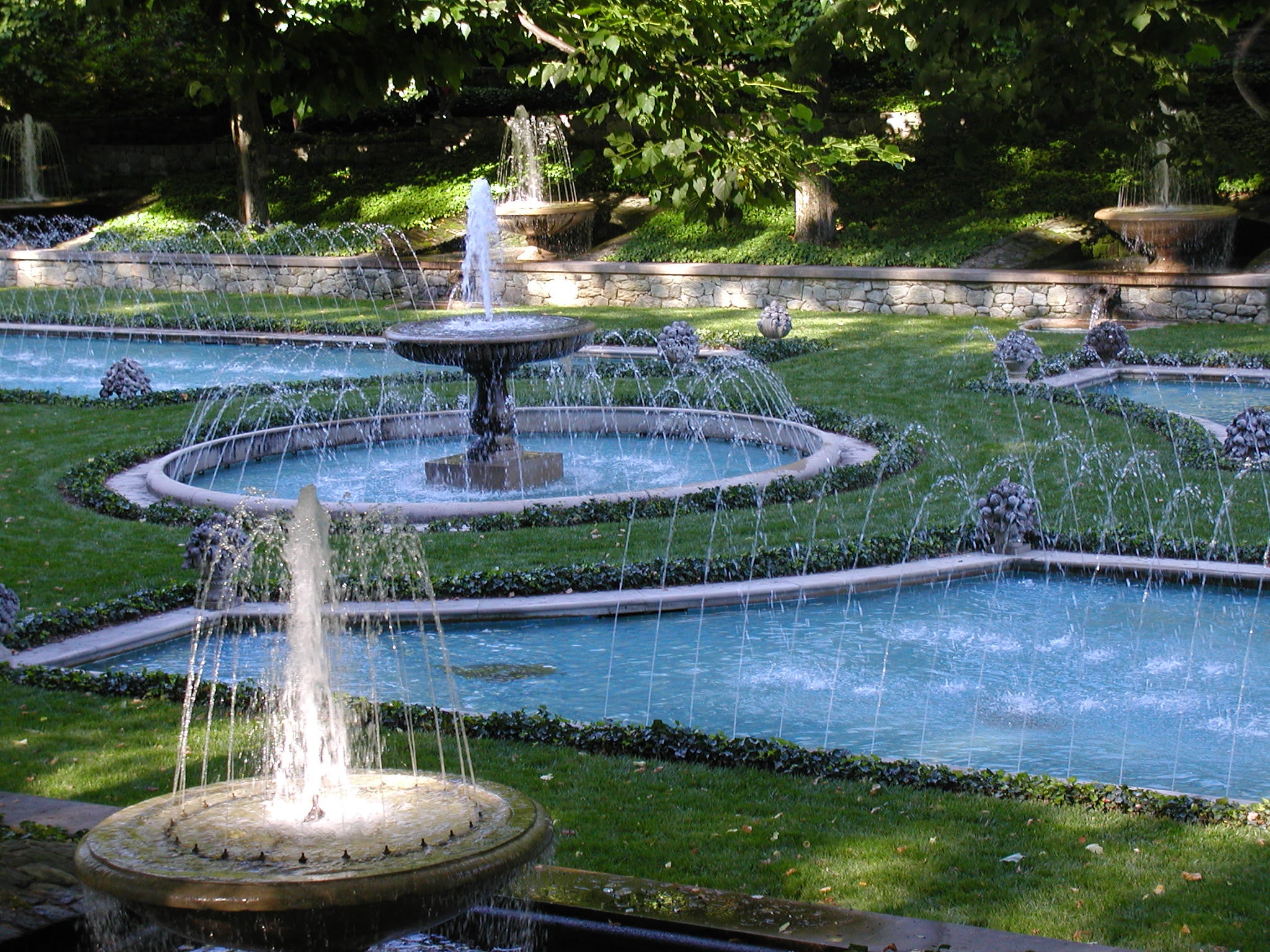Outdoor fountains are a beautiful addition to any garden or patio, providing a peaceful ambiance and promoting relaxation. However, choosing the right water to use in your fountain is essential to ensure optimal performance and longevity. Hard water can cause buildup and damage to your fountain over time, while distilled or purified water can prevent this issue and keep your fountain looking its best. In this article, we will discuss the importance of choosing the right water for your outdoor fountain and provide some tips on how to keep your fountain looking and functioning its best.
The Importance of Choosing the Right Fountain Water
Water to your fountain is like gas to your car. It keeps the installation running and ensures that the rest of the feature are in proper order. It provides the beautiful, splashing motion, helping you relax. It also prevents the burn-out of pumps. However, over time, you'll encounter water-related problems. Stale water accumulates buildups over the pool. Large doses of fountain water evaporate during the hot and dry climate. This is why it is important to choose the right amount and type of water you use on your fountain.

What is the Best Fountain Water to Use?
It is mostly recommended to use distilled water to fill the fountain. The reason: distilled water is pure and contains no sediment, prolonging the life of the pump. Using distilled water for a bird bath can help prevent the buildup of minerals and bacteria, keeping the water clean and safe for birds to drink and bathe in. Tap water may possess debris that comes with your water system, and this may irritate your pump, as well as the surface of your fountain.
Distilled water can be expensive, especially when used for water features. If this is not an option, your next best thing is a well-filtered water. Run your tap water through a simple in-line filter and will keep excess minerals and chemicals. This helps avoid the buildup of residues on your fountain.
Tap water is your cheapest solution, but this puts your fountain at risk. Mineral deposits can cause many problems on your water feature. Your pump will wear out easily due to the debris that comes along with the water. You will also see a discoloration of the water, as well as on the surface of your base.
But you don't just want to keep an eye on your fountain water. You have to know how often will you need to fill your fountain. There are many aspects that affect water evaporation and discoloration--two telling signs that the water in your outdoor fountain is not enough. One is the humidity and heat. The higher the temperature, the faster water evaporates. In order to check this, measure the amount of water you fill the pump with. Take a glance at your water basin each week and discover the amount of water lost due to evaporation. From here, you can gauge when the required portion of water will have to be refilled.
You also need to consider the largeness of the basin. The bigger the container covered with water, the more you need to fill it with. One thing that you have to look out for is the fountain's exposure to the sun—this increases radiant heat and in turn, affects the rate of evaporation. Lastly, you also need to consider the time your fountain is switched on. As fountain water is circulated and exposed, the faster it evaporates. Take note that it also tends to splash on the ground and skin.
Paying attention is the best solution in keeping your outdoor fountain at its best. Regular maintenance will help avoid future problems in the pump and on the surface. It also helps that you understand the way different outdoor fountains work. Each design requires different needs.
How Often Should You Change the Water in Your Fountain?
Regularly changing the water in your fountain is essential to keep it looking and functioning its best. The frequency with which you should change the water depends on several factors, such as the size of your fountain, the amount of use it receives, and the weather conditions in your area. As a general rule of thumb, it is recommended to change the water in your fountain every two to four weeks, or more frequently if the water becomes dirty or cloudy. In addition, it is important to regularly clean and maintain the fountain and its components, such as the pump and tubing, to ensure optimal performance and prevent damage. By following these simple tips and investing in professional maintenance when needed, you can enjoy your fountain for years to come.
Taking Care of Your Outdoor Water Feature
Taking care of your outdoor water fountain requires more than just regular cleaning and maintenance. Choosing the right water to use is also essential to ensure optimal performance and longevity. Hard water, which contains high levels of minerals such as calcium and magnesium, can cause buildup and damage to your fountain over time. Using distilled or purified water can prevent this issue and keep your fountain looking its best. In addition, using a water treatment system or adding a water clarifier can help to keep your water clean and clear, reducing the need for frequent cleaning. By choosing the right water and investing in water treatment solutions, you can ensure that your outdoor water fountain remains a beautiful and functional addition to your outdoor space for years to come.
To find out more about outdoor fountains, listen to the pros. Stay tuned to this blog and discover how you can make the most of your water feature.

